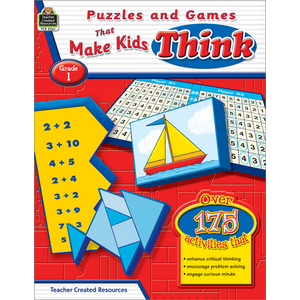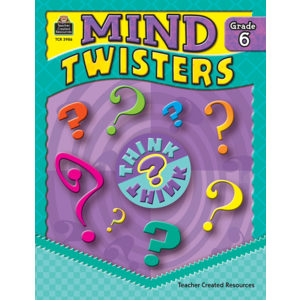How do you make kids think? Really it is a question we need to ask ourselves as educators. How often did I hear myself say to my students “You need to think that over before you answer,” or “Think before you begin writing”? The thing about thinking is that you really can’t watch it happening. Yes, we do have lots of research that explains how it’s happening, but we don’t have machines in our classrooms that show just what kids are thinking about. I know sometimes I would watch a furrowed brow or someone tapping a pencil and “think” they were thinking about the classroom task at hand. Then I’d read the answer that was written or listen to a response and realize that, while thinking may have taken place, it wasn’t really about the subject. But then how many times have you slipped away on a short break in your brain when you should be paying attention to what is being talked about?
Therefore what students put on paper or talk about becomes really important because we can see what they have been thinking about. We can keep their brains activated by giving them engaging work to do. There are so many ways to present the same lessons. It might be something oral or visual. Perhaps you read to them or they watch a short video clip. Pencil and paper activities work well, too, especially if they are designed to get students involved. For a great example of this, look at TCR’s Puzzles and Games that Make Kids Think! series.
What about higher-level thinking? If you take a look at Bloom’s taxonomy, you can see how thinking can be somewhat framed by the types of questions you ask. It was one of my favorite things to do when I would change up the type of questions. As I moved upward in the taxonomy, I realized which kids were still with me and which were on a “thinking vacation.” Sometimes I would realize that no one was thinking about the assignment, and I’d need to start all over again. While not fun, it sure was a reality. I might just change tactics like start at the end of the story and talk about it and how the author got us there. It would make kids “think” differently and get them back on task.
All teachers have to “make kids think.” What do you do to help your students?


